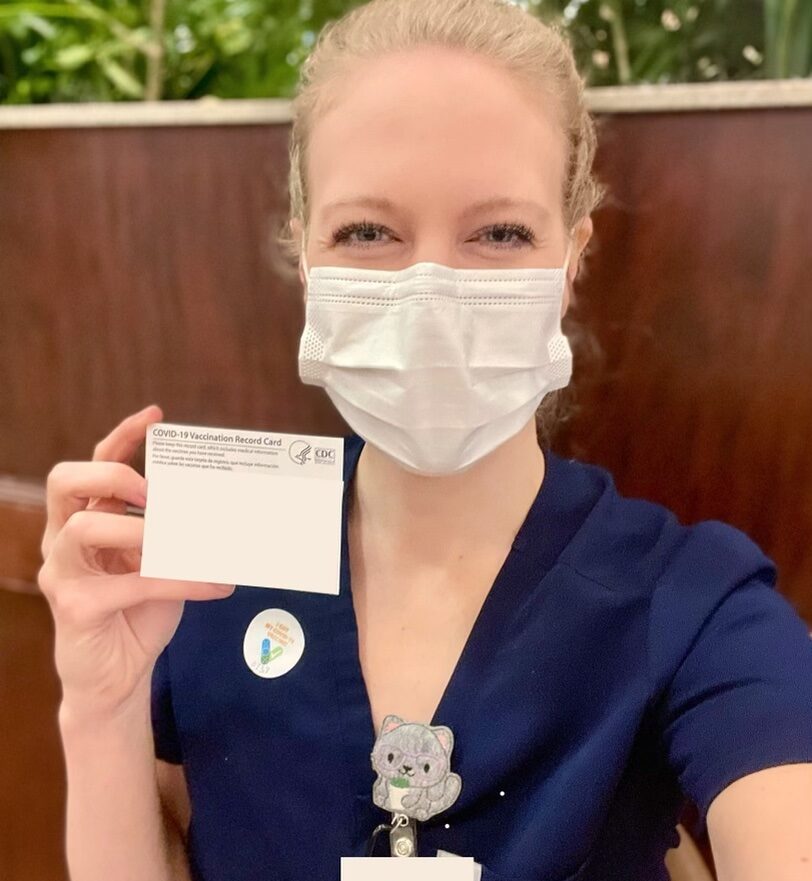The Covid Vaccine for Children under 5-Data Breakdown

On June 15th, 2022 the FDA met to discuss EUA (Emergency Use Authorization) of the Covid vaccine for children < 5 years of age. This was the day that the leading COVID vaccine manufacturers (Moderna and Pfizer) would present their study findings and ask for EUA for the youngest children, those 6 months to 5 years of age. Spoiler alert, they were both unanimously approved by the committee, and the data will move on to the CDC where they will likely be approved and available for use as early as next week. For many parents who had been waiting, this day brought excitement, for some it brought hesitation, and for others it brought a little of both. The point of this article, isn’t to tell you whether to get the vaccine for your child or not, but rather to help you understand the data presented at the FDA meeting so that you can make the best (and informed) decision possible for your family.
Let’s start with Moderna. I have included the links to the FDA presentations below. The first is the FDA review of the data and the second is the actual Moderna presentation.
https://www.fda.gov/media/159254/download
https://www.fda.gov/media/159257/download
The Moderna information is split into 2 groups, the first is ages 6-23 months and the second is 2-5 years. Each group received the same vaccine, which was a 25 microgram dose (1/4 of the adult dose) given once and then a second dose was given 28 days later. In total there were over 6000 participants in the trial including those that received vaccine and those that received placebo (no vaccine). Around 5000 participants received at least 1 dose of the vaccine.
The vaccine in the 6-23 month group was about ~50% effective, and in the 2-5 year group was about ~36% effective by CDC definition standards. Please note that these numbers were obtained during the Omicron surge. In the same surge the ADULT Moderna vaccine (greater than 18 years of age) was 44% effective.
The most common adverse effects of Moderna were: pain/redness/swelling at injection site, fatigue, fever/chills, crying, headache, muscle/joint aches, nausea/vomiting and loss of appetite. There was a report in some children of high fever leading to febrile seizure, as well as some reporting of lymph node swelling. Importantly there were NO cases of myocarditis/pericarditis (inflammation of the heart tissues), MIS-C ( a severe complication of COVID in children) or pediatric deaths in the trial.
Now let’s break down the Pfizer vaccine. I have included the links to the FDA presentations below. The first is the FDA review of the data and the second is the actual Pfizer presentation.
https://www.fda.gov/media/159255/download
https://www.fda.gov/media/159258/download
Like Moderna, Pfizer’s trial was split into two parts: the first ranges from 6 months to 23 months of age, the second from 2-4 years of age. Each group received the same vaccine which was a 3 microgram dose (1/10 of the adult dose) in a 3-dose series. The second vaccine was given 3 weeks after the first dose, and the third dose followed 8 weeks after the second dose. There were a total of about 4500 participants with about 3000 receiving at least one dose of the Pfizer vaccine, the rest received a placebo.
The Pfizer vaccine in 6-23 months of age was ~75% effective and in the 2-4 years of age group was ~82% effective. Overall from 6 months to 4 years of age the effectiveness post dose 3 was ~80% effective. All post dose 3 data was collected during the time period that Omicron was the prominent variant. However, this percentage was limited by small numbers of cases in general.
The most common adverse effects were: pain/redness/swelling/rash at injection site, drowsiness, fever/chills, irritability, headache, muscle/joint aches, nausea/vomiting and loss of appetite. There were reports of lymph node swelling and rashes/hypersensitivity. There were NO vaccine related episodes of anaphylaxis. Importantly there were NO cases of myocarditis/pericarditis (inflammation of the heart tissues), MIS-C ( a severe complication of COVID in children) or pediatric deaths in the trial.
So, based on the information presented, Moderna and Pfizer have both produced effective vaccines with doses that have good safety data in the <5 years of age population. Both are now approved by the FDA for EUA. The data will now move on to the CDC for further evaluation and clinical recommendations. Likely as early as next week, the decision to vaccinate will be in the hands of parents. Like all medical decisions, the decision to vaccinate a child, or not, is based on benefit/risk comparison and the committee did discuss this. At multiple points the following information was discussed: Children ARE at risk for severe illness, complications, hospitalization and death when contracting COVID, they are not immune to COVID. However, thankfully, children when compared to the older general population, do have a much lower risk profile for these events, even when infected. I believe it is important, to make an informed decision that is right for you and your family, and I hope that the facts listed above will enable you to do just that.
The entire committee meeting can be found at the following link if you would like to listen to it: https://www.youtube.com/watch?v=Ixm4UmldTGQ
Disclaimer: The views expressed here do not constitute official medical advice and do not establish a physician-patient relationship. You should always consult with your doctor (or your child’s doctor) for official medical advice, diagnosis and recommendations for treatment.

Leave a Reply